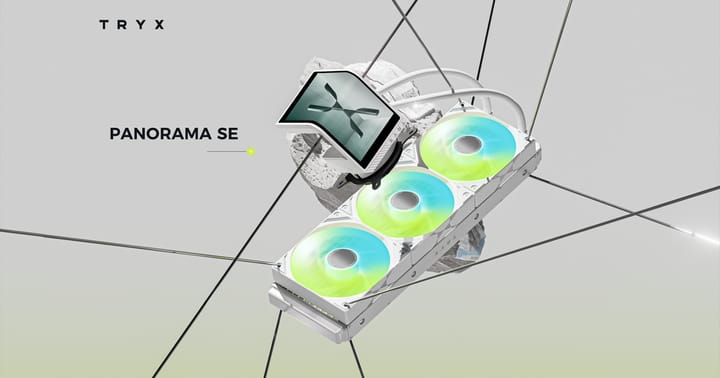COMPUTEX 2024 : Designed for AI Use Cases of today - AMD Embedded+ Architecture
AMD's embedded compute architecture, Embedded+ brings both AI and traditional compute capabilities to the edge.
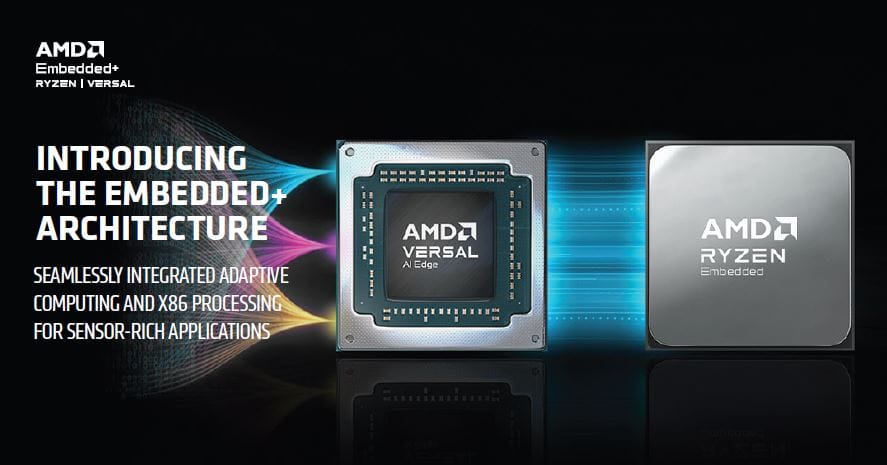
With great strides taken in the advancement of Artificial Intelligence, we are seeing an increased number of real-world AI applications put to use in recent years. However, there seems to be a gap of bringing suitable AI compute capabilities to the edge.
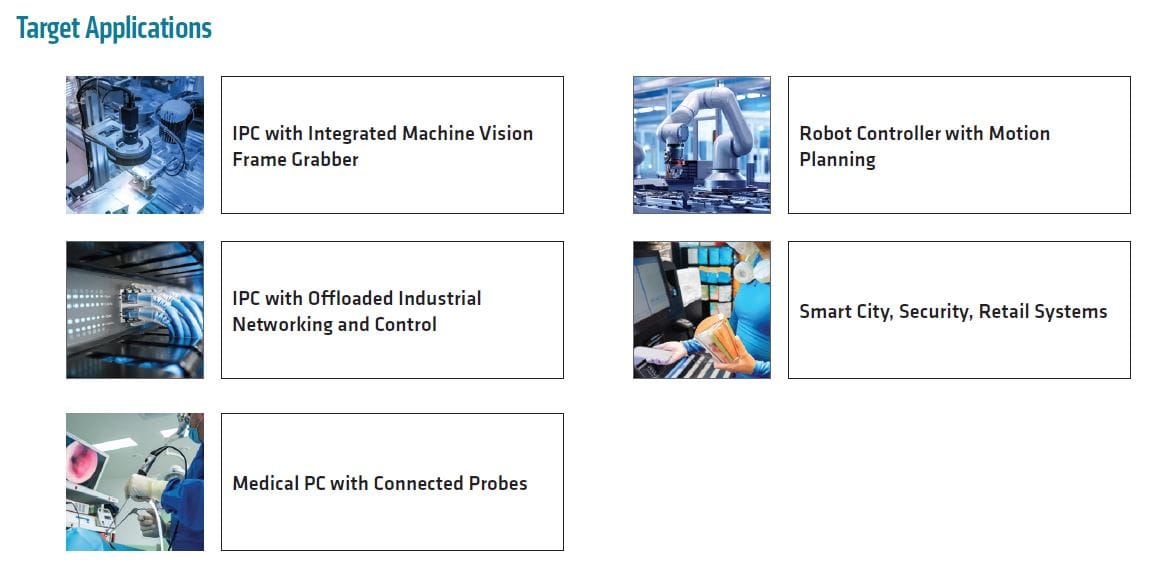
To tackle the challenges of some applications which requires both AI and traditional compute capabilities on the edge, while having the support of a variety of data from different sensors, AMD has introduced a new embedded compute architecture - Embedded+.
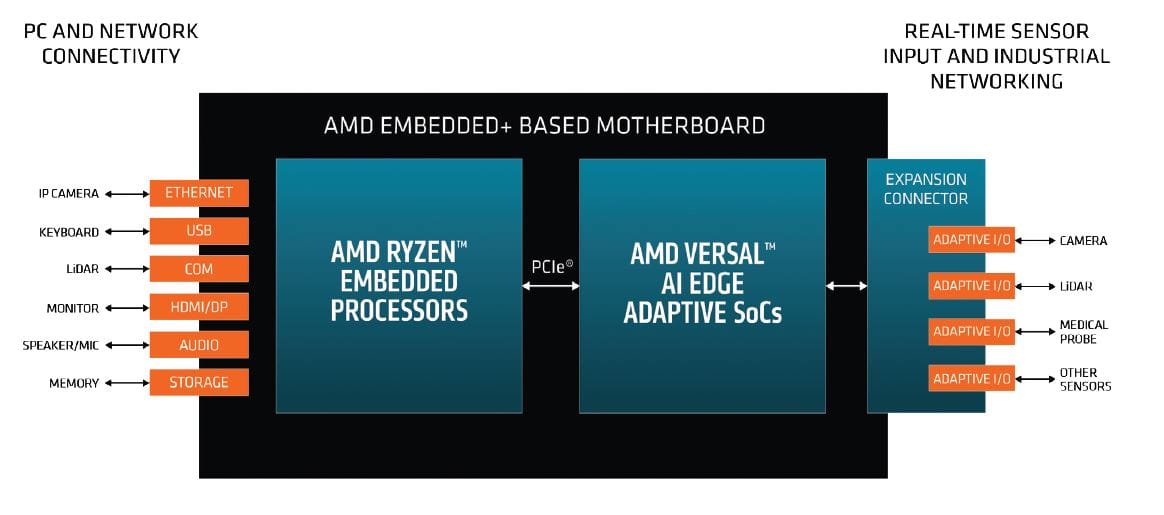
The Embedded+ architecture brings both key capabilities of AMD onto a single solution for customers. With their experience in adaptive computing and x86 embedded processing, AMD is working with ODM partners to bring Embedded+ to the world.
Embedded+ combines an AMD Ryzen Embedded processor with integrated Radeon graphics together with a AMD Versal adaptive SOC. With an integrated design, such a single board solution minimized the design complexity and costs of going to market. Such solutions brings smooth FPGA programmability and functionality with optimized and efficient data pipeline from sensors to IPC. With added capabilities of video codec and AI Engines, it is suitable for various use cases such as medical displays and industrial Human Machine Interfaces.
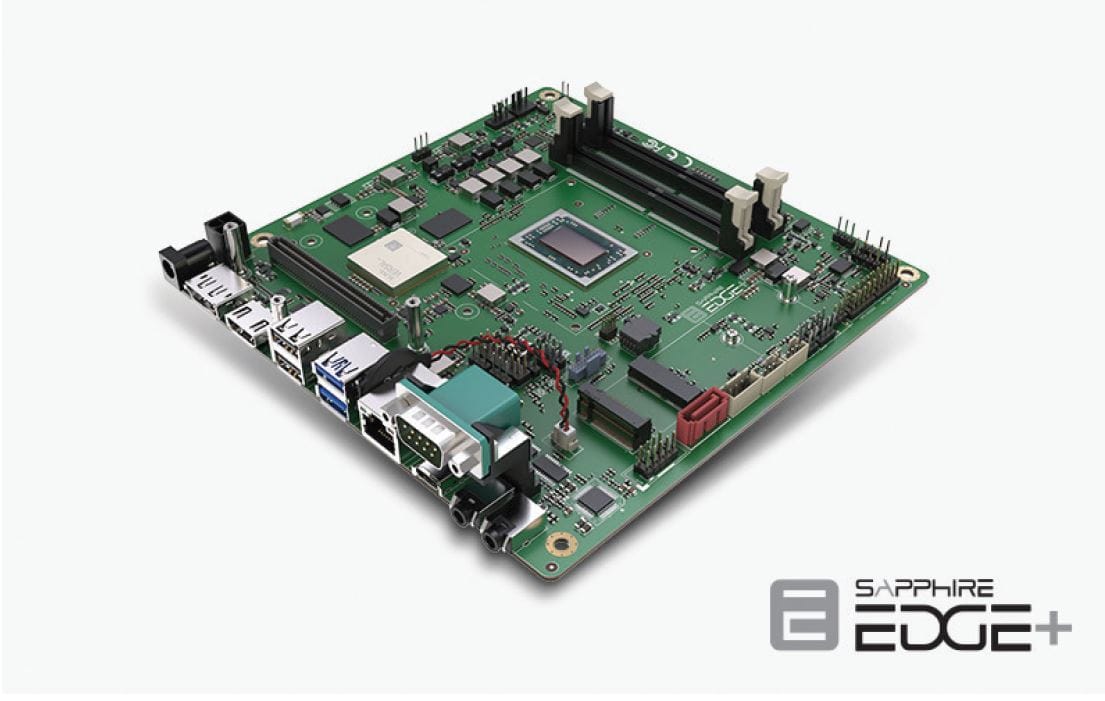
SAPPHIRE Technology, one of the first ODM to bring Embedded+ to the world, has released the VPR-2616-MB solution. It is a Mini-ITX motherboard that is equipped with the Ryzen R2314 and Versal VE2302 processors. Running as low as 30W, the system is designed to meet the goals of what AMD envisions as an adaptive computing platform.
System designers can also choose from an ecosystem of ODM boards to meet the needs of their own solutions.
